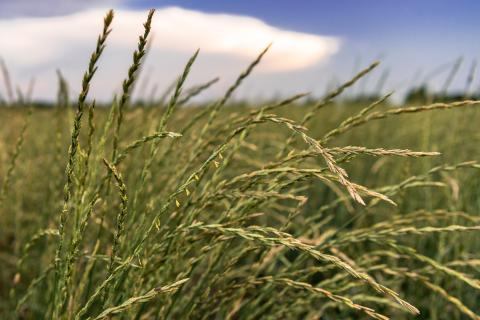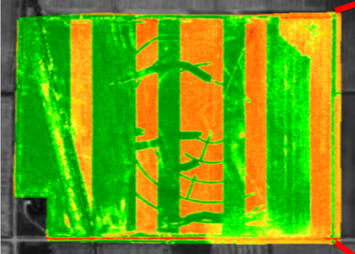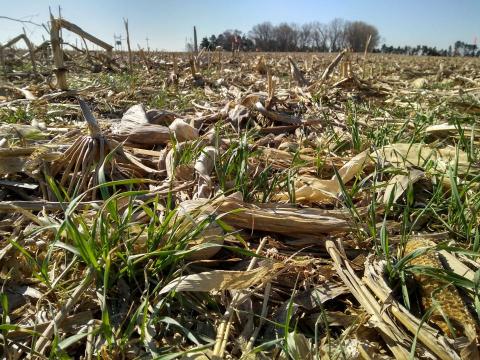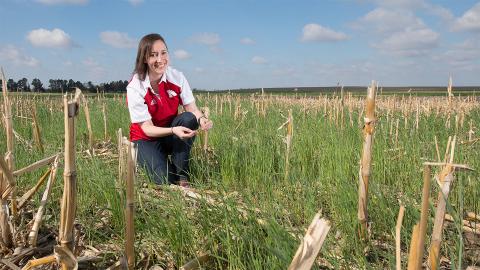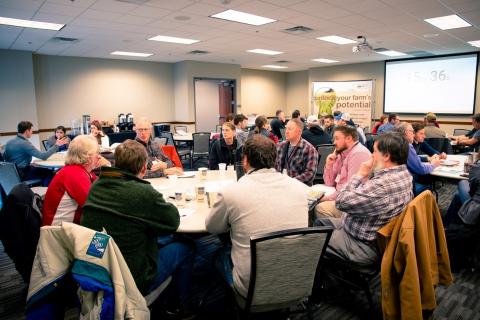On-farm Research Indicates Importance of Cover Crops for Soil Health in Nebraska
January 20, 2022
UNL researchers share the results of a multi-year USDA-NRCS Soil Health Initiative study, which closely investigated the impact of cover crops on soil health in Nebraska.
Evaluating the Performance of Kernza® Perennial Grain in Eastern Nebraska
April 20, 2021
The first coordinated research effort on Kernza as a potential cash grain crop for Nebraska producers shows promising results.
Using Aerial Imagery to Help Determine the Impact of Cover Crops on Cash Crop Growth and Development
October 15, 2020
Through education and on-farm assessment, Nebraska landowners part of the Soil Health Initiative (SHI) are evaluating the effects of diverse cover crop mixtures on both soil properties and agronomic indicators of soil health.
Assessing Cover Crop Biomass Using Aerial Imagery: Lessons Learned During the UNL-NRCS Soil Health Initiative
October 15, 2020
Using aerial imagery, a non-destructive and easy-to apply method, we are able to gain insight into cover crop biomass production across an entire field, which would not be possible with traditional, boots-on-the-ground biomass sampling.
How Much Nitrogen Does My Cover Crop Take Up and When Do I Get It Back?
September 9, 2022
An evaluation on the range of biomass production of cover crops, the amount of nitrogen in their biomass, and their C:N ratio to help inform nutrient changes following cover crops.
What Are the Benefits of a Cover Crop Mix Versus a Single Species Cover Crop?
July 6, 2020
The decision whether to mix species or plant a single species as a cover crop depends on your goals, time of the year, and costs.
Which Farming Practices Help Soils Absorb Heavy Rains?
October 3, 2019
A synthesis of 89 studies across six continents has helped clarify which agricultural practices hold water when it comes to helping soils soak up precipitation — a factor critical to mitigating floods, outlasting drought and stabilizing crop yields.
Why Growers are Adopting Practices to Build Soil Health
July 11, 2019
Growers conducting on-farm demonstrations as part of the Nebraska Soil Health Initiative met with UNL and NRCS staff to share about what they were doing and learning on their farms. Their work offers valuable insights for other growers considering how they too can build soil health on their farms.


